Are your employees actually using their desk phones? This may seem like a strange question, but it gets at one of the biggest changes in how people communicate as cloud business phone systems replace legacy systems. If you’ve had your phone system for a long time, you may not even be paying attention to how it’s being used. As long as the monthly costs stay within the expected boundaries and productivity remains high, you likely have no pressing need to dig deeper into employees’ call behavior.It used to be that people had little choice but to sit at their desks to make calls, hoping that the person on the other end of the line picked up. Now, the spread of cloud business phone systems means that the desk phone is no longer the only, or always the best, way to reach out to a contact. People are still making phone calls, but they are frequently using mobile devices that they can take with them on the go. Even when at their desks, they may be choosing to use a softphone or other PC application rather than the desk phone.
If you are observing this behavior in your office, it’s important to understand why. Generally, it’s because legacy phone systems no longer meet the needs of today’s workforce. The need for mobility has increased as employees spend less time at one assigned desk, leading to the rise of the “bring your own device” (BYOD) trend as employees rely on their personal smartphones and tablets. Additionally, voice is just one of many communication channels available. Email, web chat, and texting all offer alternatives to a call and the inability of legacy phone systems to support these channels means employees have to turn to alternatives.
Another limitation of legacy phone systems is not being able to provide information about the availability of the party you are attempting to reach. With these systems, employees have to call and hope the other person picks up. In contrast, cloud business phone systems integrate with IP applications with a presence feature to show a person’s status before you call. This results in less time lost calling people who aren’t there and waiting for voicemails to be returned.
The lack of flexibility, integration with other channels, and features such as presence indicators can all lead to a situation where employees may be choosing other options than their desk phones to communicate. However, this doesn’t mean that the era of the desk phone is over and done. While some businesses may choose to move to softphone clients entirely, for many organizations a lack of use is a sign that it is time to move to a new phone system that meets their current needs. A cloud business phone system provides the advanced features and mobile integration for a desk phone that employees need to communicate efficiently and effectively.
















